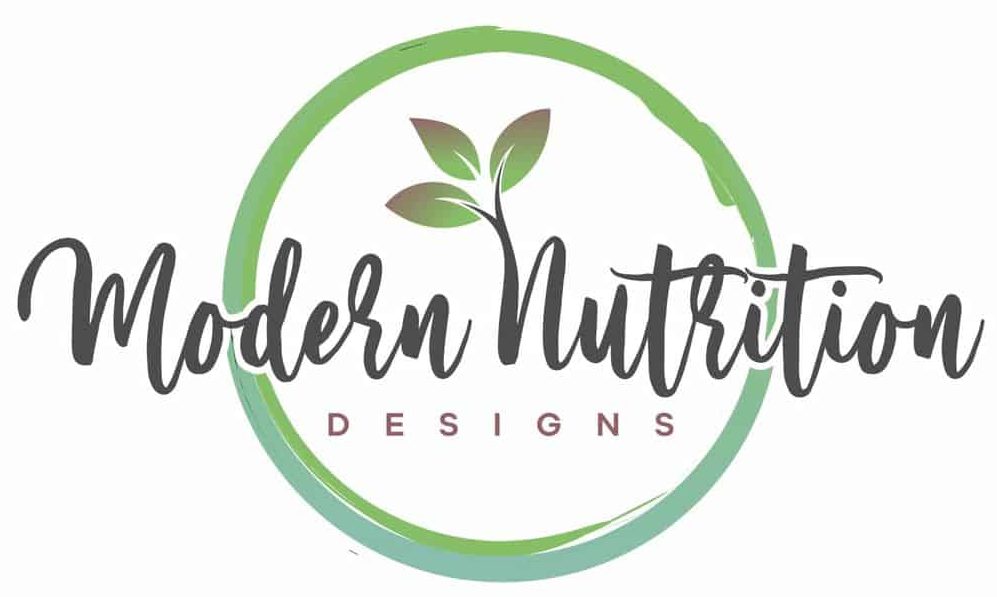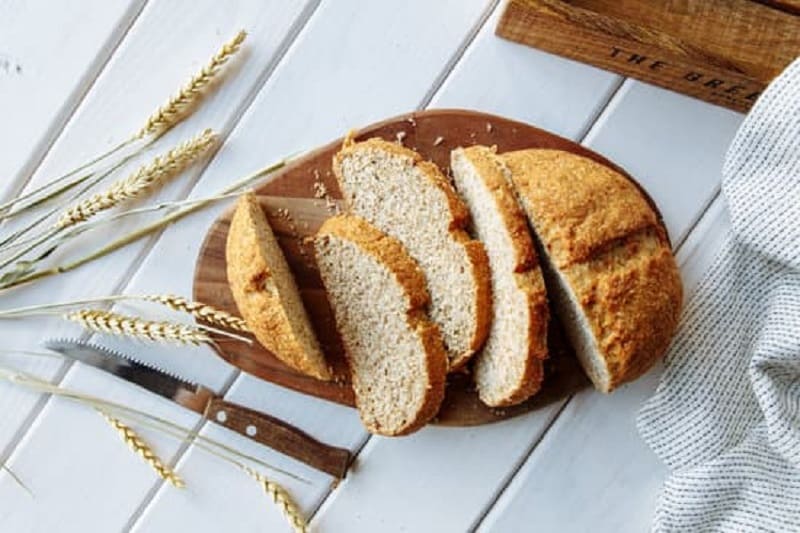Whether you are consuming a gluten-free diet due to a gluten allergy, sensitivity, full-blown intolerance, or simply to shed some extra pounds this diet can be very beneficial. After beginning my gluten-free journey over a decade ago following a celiac diagnosis, I have completely regained my health and dropped over 15 pounds.
Losing weight on a gluten-free diet requires a regular intake of whole naturally gluten-free foods as opposed to packaged gluten-free alternatives. Whole natural foods such as rice, potatoes, beans, greens, and fruit are all examples of healthy gluten-free foods that can aid in weight loss.
Many people substitute their old gluten-containing foods with commercial gluten-free alternatives. But there is a much healthier and sustainable way to achieve weight loss benefits from this diet.
Click on my YouTube video below to get a full video format of the information laid out in this article:
What is gluten?
Gluten is a protein found in wheat, rye, barley, and their constituents.
Here is a comprehensive list of grains that contain gluten:
- wheatberries
- durum
- emmer
- semolina
- spelt
- farina
- farro
- graham
- KAMUT® khorasan wheat
- einkorn wheat
- triticale
- wheat
- rye
- barley
How much weight can I lose on a gluten-free diet?
You can expect to lose 1-3 lbs per week and about 10 to 13 lbs after the first month.
The weight loss will progressively slow from that point, but it will not stop nor reverse until you hit your body’s natural equilibrium weight by following this lifestyle diligently.
You will not experience a return of weight at any point unless you regress back to old eating habits. Stick with the foods that nourish your body and you will shed pounds with ease.
As with any diet, your level of commitment will determine how successful your weight loss will be.
Unlike other diets, however, this one is perfectly sustainable. It truly is a lifestyle change, as opposed to a “diet”.
The sustainability comes from the lack of calorie counting and lack of calorie restriction. Eat as much as you want on this diet. You should never leave the table feeling hungry.
The only guideline is to eat your foods in a predetermined sequence so you don’t over-indulge on the higher calorie plant-based foods.
Start with a salad, then steamed veggies, hearty vegetable soup, then starches until you reach satiety. You should dress your salad with nut or seed based dressings to gain your healthy fats.
You simply eat the least calorie-dense plant foods progressively up the calorie density continuum until you are full. Easy peasy!
For more helpful information on plant-based weight loss principles and strategies click on the link below to view my earlier post titled The Fastest Way to Healthy Weight Loss Using a Plant-based Diet or Top Plant-based Foods & Strategies for Fast, Sustainable Weight Loss.
Foods you should stay away from on a healthy gluten-free diet
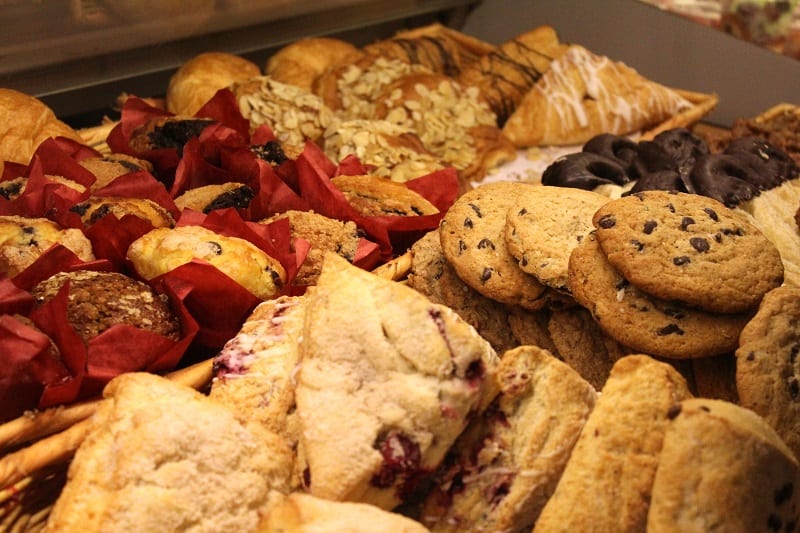
- pizza
- doughnuts
- bagels
- cookies
- brownies
- cakes
- pastries
- breaded meat
- fried foods
- highly refined cereal, bread, and pasta
- breakfast bars
- frozen convenience foods
- readily consumed convenience foods
- salad dressing
- refined sugars and oil
Even gluten-free versions of these foods are going to set you back regarding your weight loss goals.
Pretty much anything with a long list of ingredients is not going to be conducive to weight loss, or your health for that matter.
You may also notice that some of the items listed above are naturally gluten-free, that is no gluten was removed during processing.
This is true for “foods” such as sugar, oil, and some salad dressings.
When making a real effort to achieve health and weight loss, however, doesn’t it make the most sense to remove all the substances in your diet that are preventing you from reaching these goals? Not just the gluten-containing foods?
Foods you can (& should) eat on a gluten-free diet
- Intact non-glutinous grains
- wild rice
- quinoa
- sorghum
- basmati rice
- amaranth
- teff
- Jasmine rice
- buckwheat
- millet
- black rice
- red rice
- gluten-free oats
- maize
- brown rice
- Legumes
- raw peanuts
- peas
- chickpeas
- lentils
- kidney beans
- navy beans
- pinto beans
- lima beans
- Great Northern beans
- black-eyed peas
- butter beans
- black beans
- etc.
- Fruits
- melon
- berries
- apples
- bananas
- mangos
- oranges
- grapes
- cherries
- papaya
- kiwifruit
- peaches
- plums
- etc.
- Vegetables
- carrots
- potatoes
- onions
- greens
- sweet potatoes
- gingerroot
- broccoli
- cauliflower
- celery
- zucchini
- squash
- sprouts
- etc.
- Nuts
- Brazil nuts
- almonds
- walnuts
- pecans
- cashews
- filberts
- hazelnuts
- pine nuts
- Seeds
- chia seeds
- pumpkin seeds
- flax seeds
- hemp seeds
- sesame seeds
- poppy seeds
- sunflower seeds
- Condiments
- vinegar
- mustard
- salsa
- tahini
- miso
- herbs & spices
- nutritional yeast
- hot sauce
- hummus
- nut or seed butter
- nut milk
- fermented foods
- etc.
Gluten-free weight loss meal plan
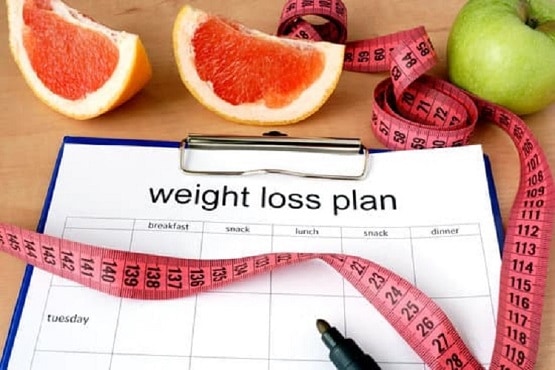
Try this 7 day meal plan then switch up the greens, beans, grains, seeds, etc. to ensure you are acquiring all your nutritional needs.
This meal plan will accommodate all stages of life and fitness levels. If you’re still hungry, simply eat more whole foods. It’s that simple.
Click on my YouTube video below for some helpful insider tips on transitioning to a healthy gluten-free lifestyle.
Common mistakes people make when going gluten-free
There are a lot of unhealthy gluten-free gimmicks on the grocery shelves today and they are far from conducive to weight loss.
Mistake #1: Following clinical advice without reviewing their sources
When I became gluten-free I made the honest mistake of following my doctor’s orders, as well as implementing the advice provided by my dietitian.
It took a number of years to recover from this mistake so you might want to do your own research.
I was advised to eat the usual packaged gluten-free fare distributed among basic local grocery stores.
Although the selection 10 years ago was scarce compared to what we have today, there was still plenty of junk for me to substitute what I was familiar with eating.
The dietitian listed the following for what I should be consuming from that day onward:
- Skittles
- Chex cereal
- Snickers bars
- Some Pringles
- Frito’s
- Lays potato chips
- Soda
- Gummy bears
- Most brands of gum
- Ketchup
- Corn Flakes
I think you see where this is going. The dietitian’s guidance was actually detrimental to my recovery from a severe case of celiac disease.
My doctor gave me similar advice. I was to eat the available gluten-free frozen dinners and whatever other packaged convenience foods I could locate that did not include wheat, rye, or barley in the ingredients list.
The truth is, doctors receive little, if any, nutrition education in medical school.
And many dietitians, unfortunately, are provided with education promoted and distributed by the meat, egg, and dairy industries.
The lesson I learned from this mistake was to always conduct my own research by investigating the available literature. Learn how to spot bias within peer-reviewed journals by maintaining a critical eye. It may even be worth your while to take a course that focuses on learning how to read scientific studies.

Mistake #2: Attempting to substitute all the foods that made me fat and sick with gluten-free analogs
This is a mistake that seems perfectly logical at first. But after you waste precious years following a junky gluten-free diet you begin to realize that you have actually made your symptoms worse and more numerous than when you started your diet.
The truth is, these “gluten-free” alternatives are usually no healthier or even less nutritious than their gluten-containing counterparts.
That’s right. The next time you think you are choosing the healthier choice by purchasing the gluten-free pizza crust instead of the standard glutinous version, put the packages side-by-side and compare ingredients, as well as their nutrition facts.
Most food manufacturers will replace gluten with other harmful additives to make up for the loss in flavor, texture, color, smell, or mass in gluten-free alternatives.
The other important piece to remember is that these manufactured overly processed foods are incredibly addictive.
So not only are you harming your chances of recovering from likely being malnourished for years eating the Standard American Diet, but you are also harming your future chances at regaining your health.
This is the fundamental function of addiction, it keeps you coming back for more of the same harmful substance.
The lesson I learned here was that you cannot simply substitute all the foods you were familiar with eating prior to implementing this diet with gluten-free imitations and expect to regain your health and your waistline. You must turn your focus to naturally gluten-free foods that tend to come without an ingredients list.
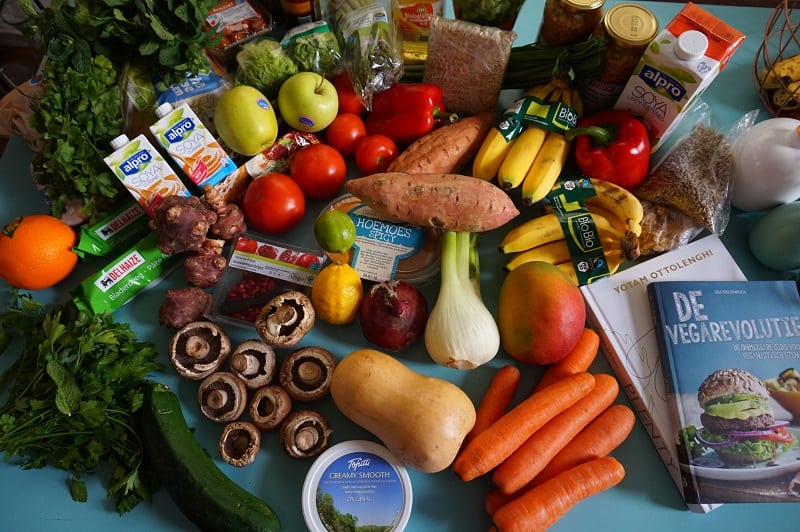
Mistake #3: Placing flavor of food as prime importance over nutritional content
When you step foot in the grocery store what is your main strategy? To buy foods you need to fulfill your daily nutritional requirements? Or to buy foods that taste good regardless of what they offer by means of nutrition?
I used to let my taste buds lead me through the grocery market. But this strategy kept me fat and sick.
It wasn’t until I began reading a lot of books on nutrition and following the leading nutrition experts that I realized I had this eating thing all wrong.
Our modern environment has allowed us to consume the most hyper-palatable foods that provide next to nothing when it comes to micronutrients like vitamins, minerals, antioxidants, and phytochemicals.
This shift in hyper-stimulating, highly calorically dense foods has led to one of the sickest generations humankind has ever known.
Now, I’m not saying you should eat foods you don’t find pleasing. But I am saying you should shift your focus from living to eat to eating to live.
Food provides a function. It fuels our bodies.
It is pleasurable to our senses because it is required for our survival and thus we have adopted specific neurologic mechanisms that allow us to experience great pleasure when consuming foods with an increased caloric density.
We can use this information to our advantage when designing a weight loss diet.
Healthy naturally gluten-free foods with high caloric density include:
- Whole GF grains
- Legumes
- Starchy veggies (potatoes, squash, corn, sweet potatoes, etc).
- Nuts
- Seeds
- Some fruit (coconut, avocados, and olives)
Take the next three months to progressively neuroadapt your mind and your taste buds to the pleasure derived from consuming the foods listed above and you will have no problem reaching your goal weight.
Studies have shown that it takes about a month to a month and a half to significantly reduce sugar cravings. And about 3 months to significantly reduce salt cravings.
For more information on this interesting topic of neuroadaptations generated from the foods we eat click on my earlier post titled How to Overcome Food Addiction and Binge Eating With a Plant-based Diet.
I was on a strict junk-food gluten-free diet for five years before realizing I could gain the same amount of pleasure from healthy foods like fruits and veggies, if I just simply removed the highly processed manufactured junk-food.
I went from the skittles and potato chip diet to the kale and sweet potato diet in three months’ time and I am feeling more vibrant than ever!
Lesson learned: You must completely redesign the way you think about food. Focus on nutritional value first and foremost. Then determine which of the most nutrient-dense foods your taste buds prefer. After about three months of switching from the Standard American fare to naturally gluten-free foods, you will enjoy these foods more than you ever thought possible. Trust the process.
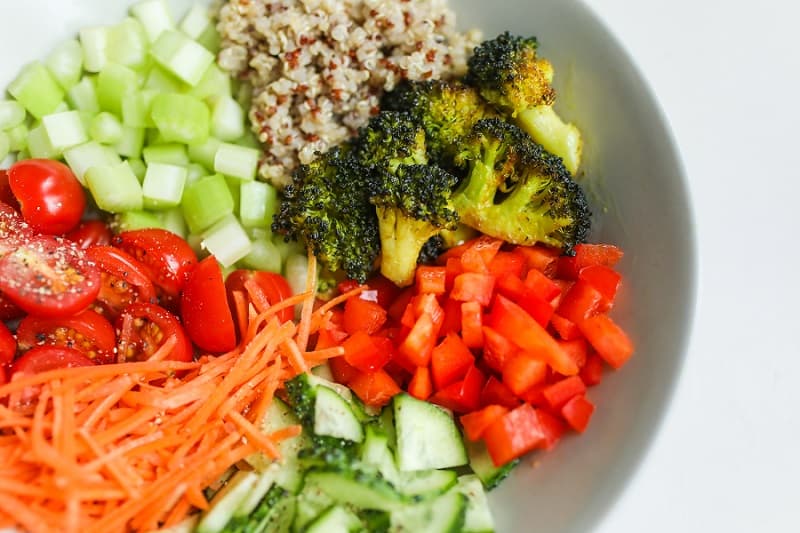
Gluten intolerance, allergy, and sensitivity explained
Celiac disease or gluten intolerance
Gluten intolerance is a relatively new illness. Not new as in recently came into existence, rather new as in it has just recently become recognized as an existing illness in approximately 1% of the population.
A gluten intolerance is a severe autoimmune response to gluten. This disease has been termed celiac, or celiac sprue.
Symptoms of celiac disease can range from joint pain and migraines to diarrhea and skin rashes. Some individuals have no symptoms at all.
This does not entail that they do not have to refrain from eating gluten-containing foods, however. Eventually, all individuals who develop celiac disease will experience a flattening of the villi in their small intestine.
Ultimately, the villi become eroded and are therefore less able to absorb vital nutrients. Some instances of ongoing gluten ingestion do end in death or other irreversible conditions.
Here is a more comprehensive look at symptoms reported by those suffering with celiac disease:
- bloating, gas, abdominal pain
- brain fog
- fatigue
- headaches
- joint pain
- diarrhea or constipation
- nausea, vomiting
- skin rash
- weight gain or loss
- infertility
- anemia
- osteoporosis
- dental enamel defects
- depression and anxiety
- tingling or numbness in the hands or feet
People with celiac disease may have an immune response to as little as a single crumb of gluten (20 parts per million). This is the equivalent to the amount of gluten contained within a single serving of “gluten-free” packaged foods.
Therefore, these individuals are advised to store and prepare their food separately from others they may share a household with. This is also why people with celiac are wise to refrain from “gluten-free” commercial goods.
For more information on how to recover rapidly after acquiring a proper celiac diagnosis click here to review my earliest titled Gluten intolerance: Insider tips on How to Speed Up Recovery.
Wheat allergy
People who suffer from a gluten allergy are actually suffering from a wheat allergy.
Most people living with a wheat allergy are still able to consume non-wheat glutinous grains like rye and barley. Some, however, may be sensitive to those, as well.
Although individuals who suffer from wheat allergies are allergic to the gluten protein contained in wheat, they are also allergic to all the other proteins found within wheat.
This allergy is most commonly developed in childhood. You don’t hear about a wheat allergy often in adulthood because most people grow out of it (about 65%) by the age of 12.
Symptoms of a wheat allergy are similar to any other allergy. They may include any or all of the following:
- nausea and vomiting
- diarrhea
- irritation of your mouth and throat
- hives and rash
- nasal congestion
- eye irritation
- difficulty breathing
These symptoms can begin within minutes or hours after consuming wheat. This is approximate to the length of time typical of celiac patients with having a reaction to gluten ingestion.
The significant difference is that a single gluten ingestion will not lead to death for a person with celiac disease.
Those who live with a wheat allergy, however, may experience anaphylactic shock from a single ingestion, which may, in fact, lead to death.
Non-celiac Gluten sensitivity
Much less is known about gluten sensitivity because it has just recently been recognized as a separate clinical entity from celiac and wheat allergy.
This is the result of a 2011 study conducted by experts at the Center for Celiac Research at the UM School of Medicine. They found that a startling 10% of the population are affected by symptoms linked to gluten sensitivity.
Only 1% of the population is currently diagnosed with celiac disease so gluten sensitivities should be taken just as seriously.
What is interesting about individuals suffering from gluten sensitivity is that they display negative results on wheat allergy exams, celiac blood tests, as well as on intestinal biopsies that report intact intestinal villi.
The only true way to determine whether or not you suffer from a gluten sensitivity after receiving negative results from the usual celiac assessments is to completely remove gluten from your diet for a minimum of 3 months.
At the end of this diligent 3-month time frame, you should reintroduce gluten to your system at take note of any resurgence of symptoms.
You may want to conduct this experiment more than once to be absolute sure it is the gluten that is causing your ailments and not some other substance that is commonly packaged with gluten-containing foods, like eggs for instance.
Symptoms experienced by people suffering from gluten sensitivity tend to be similar to those experienced by celiac patients, though not nearly as severe.
Many people with non-celiac gluten sensitivity report experiencing the following symptoms:
- brain fog
- gas, bloating, abdominal pain
- headache
- fatigue
- diarrhea or constipation
- nausea
- joint pain
- difficulty losing weight
Some people with non-celiac gluten sensitivity may be able to get away with small amounts of gluten ingestion and still feel “okay”, but a complete removal of gluten from the diet is still advised.
This is due to the link between gluten sensitivity and the likelihood of acquiring autoimmune diseases.
Can “normal” people benefit from a gluten-free diet

Research that determines whether or not a gluten-free diet is healthful for those who do not suffer from gluten intolerance, wheat allergy, nor gluten sensitivity is still underway.
Due to the fact that there is no definitive assessment that exists for diagnosing gluten sensitivities, experimenting with a gluten-free diet may prove to be beneficial in unexpected ways.
The only drawback to this diet is the restriction of cutting a major food ingredient out of your diet. The good news is, after about 6 months the restriction no longer feels, well, restricting. It just becomes a normal part of your lifestyle.
There is a large caveat here, however, and that is the type of gluten-free diet you choose to test.
I am a big supporter of naturally gluten-free foods, not commercial gluten-free substitutions.
If you are going to reach for any box, bag, or can with the label “gluten-free” attached to it, you may as well continue eating the glutinous versions.
These gluten-free analogs (i.e. cakes, most breads, cookies, pancakes, brownies, pizza, most pastas, and cereals) are just as unhealthy, if not more so, than the regular gluten-containing versions.
You can watch my video below for more information on the benefits received from adopting a GF lifestyle:
The whole natural gluten-free diet that I support will, in fact, help anyone lose weight successfully in a healthy manner.
This is due to three reasons:
- By cutting out packaged gluten-free foods from your diet you also cut out all the dietary crap that is commonly replaced within these alternative items.
- Gluten is found in processed foods. Even consuming whole-grain processed foods will lead to weight gain because the processing creates significantly greater ease of absorption by the body.
- After removing processed gluten-containing foods from your regular diet, you will have more room for less calorie dense real whole foods.
There is one other nuance that I should mention, wheat, rye, and barley provide a lot of nutrition when they are not overly processed.
If any of these grains are regular staples in your diet and you don’t feel you have suffered from any of the symptoms listed above as a result of ingestion, then perhaps a gluten-free diet is unnecessary for your weight loss journey.
For the vast majority of my readers, however, this is not the case. And therefore, a gluten-free diet may be the best commitment you’ve ever made for yourself.
The nutrients you will lose by refraining from the consumption of glutinous grains can be easily regained, however, by choosing other gluten-free grains, like quinoa, rice, sorghum, and teff.
An interesting discovery made by one of the leading celiac researchers, Dr. Alessio Fasano, explains that the human body does not contain the necessary enzymes required to properly breakdown gluten proteins.
This leads to undigested peptides floating around in the bloodstream that may trigger autoimmune illnesses in susceptible individuals.
These undigested peptides also cause inflammation throughout the body since they are recognized as foreign invaders. Inflammation has long been known to increase the likelihood of overweight and obesity.
So there you have it, “normal” people, that is people who do not have any apparent adverse reactions to gluten consumption, may also benefit from removing gluten from their diet.
